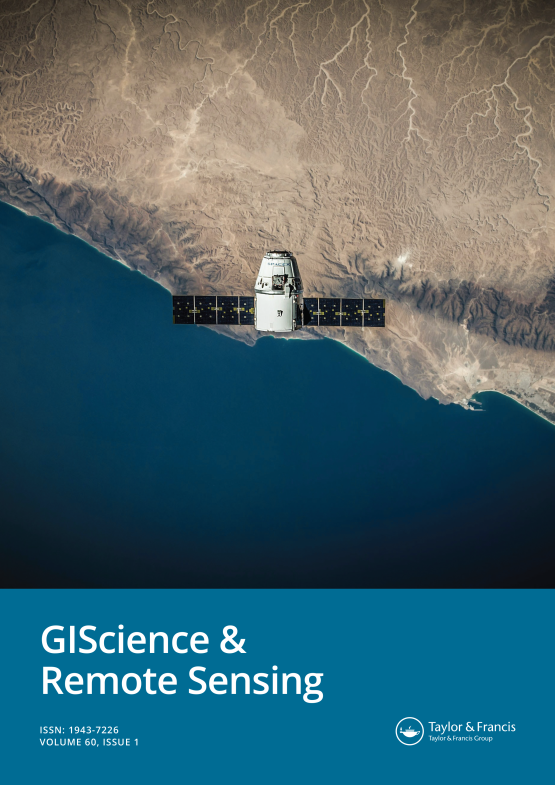Submit a Manuscript to the Journal
GIScience & Remote Sensing
For an Article Collection on
Mapping Forest Aboveground Biomass and its Change with Remote Sensing
Manuscript deadline
30 September 2024

Article collection guest advisor(s)
Prof. Conghe Song,
The University of North Carolina, USA
[email protected]
Prof. Hammad Gilani,
Institute of Space Technology, Pakistan
[email protected]
Mapping Forest Aboveground Biomass and its Change with Remote Sensing
This Article Collection calls for papers that make innovative use of remotely sensed data with integration of ground measurement to map forest aboveground biomass and its change through time. Currently, multiple sources of remotely sensed data in optical, radar and lidar domains are widely available and the quality of these data has never been better. In addition, more sophisticated geospatial data science algorithms through the recent data science revolution are making mapping forest aboveground biomass and its changes ever more efficient and accurate. This Article Collection marks the state-of-the-art in mapping forest aboveground biomass and its change with remote sensing.
The majority of aboveground biomass on the Earth’s land surface is stored in forests. Forests function as a major mediator in global climate change, absorbing carbon dioxide from the atmosphere. However, natural disturbances and human activities can release large amounts of carbon stored as biomass in forests into the atmosphere, exacerbating global warming. Without accurate measures of forest biomass, we do not know how much carbon is released after disturbance events. Biomass is also critical to understanding global carbon cycle processes and forms the basis for numerous environmental policymaking initiatives and global carbon emission monitoring. Yet biomass remains one of the major bottlenecks in global carbon cycle science.
In this Article Collection, we wish to collect original research papers as well as reviews on mapping forest aboveground biomass and its change from local to global scales. Specific topics include:
- Mapping forest aboveground biomass using data integration from multiple sensors and ground measurements at landscape, regional, national, and global scales.
- Development of innovative computational algorithms or evaluation of existing algorithms in mapping forest aboveground biomass.
- Mapping forest aboveground biomass change due to disturbances, including wildfire, hurricanes, deforestation from human activities such as timber harvesting, conversion of forests to croplands, or forest degradation from environmental stress, diseases, or insect infestation.
- Review of the state-of-the-art for the capacity for a particular sensor or a combination of sensors in mapping forest aboveground biomass or biomass change.
We are interested in forest aboveground biomass and its change for all forest types, ranging from tropical to subtropical, temperate and boreal forests.
Benefits of publishing open access within Taylor & Francis
Global marketing and publicity, ensuring your research reaches the people you want it to.
Article Collections bring together the latest research on hot topics from influential researchers across the globe.
Rigorous peer review for every open access article.
Rapid online publication allowing you to share your work quickly.
Looking to Publish your Research?
Find out how to publish your research open access with Taylor & Francis Group.
Choose open accessSubmission Instructions
All manuscripts submitted to this Article Collection will undergo desk assessment and peer-review as part of our standard editorial process. Guest Advisors for this collection will not be involved in peer-reviewing manuscripts unless they are an existing member of the Editorial Board. Please review the journal Aims and Scope and author submission instructions prior to submitting a manuscript.